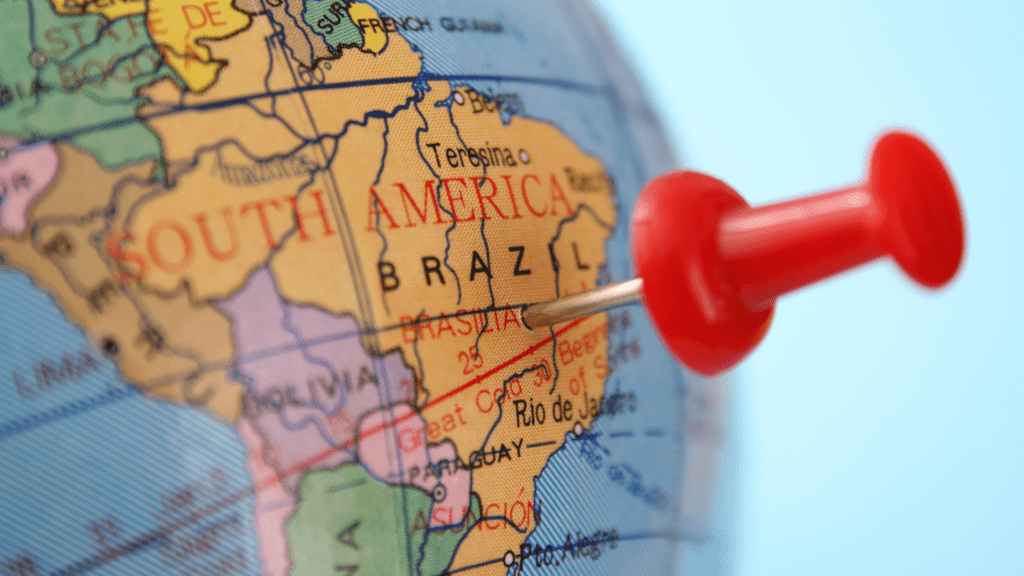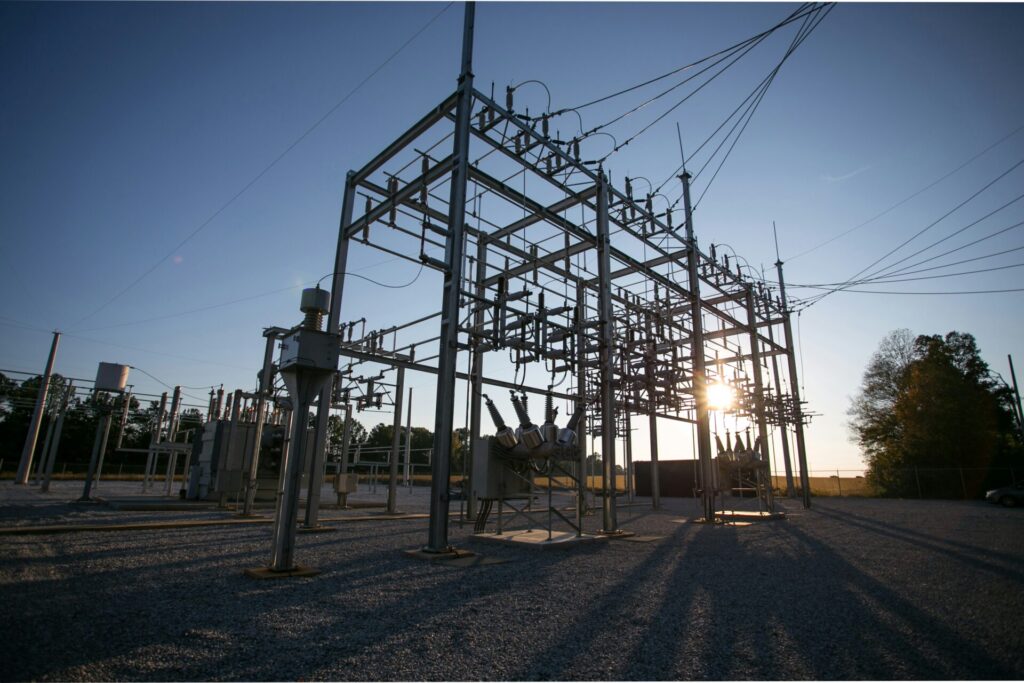Every human has the right to clean and safe water.
For this reason, smart water infrastructure (SWI) is a necessity. SWI can be defined as a modernized water distribution & treatment system that uses smart technologies and data-driven analytics to improve the efficiency of water resources. To achieve this, SWI employs a range of components such as sensors and internet of things (IoT) devices, advanced data analytics and machine learning algorithms, smart meters, and real-time monitoring systems.
The advantages of implementing smart water infrastructure are numerous — from reducing water losses, to improving water quality and supply, to providing more energy and carbon efficient operations, SWI offers a range of solutions to water management problems. When implemented properly, a smart water system can help revolutionize our aging infrastructure and the way we manage water resources.
3 Benefits of Smart Water Infrastructure
Industry stakeholders can take advantage of these three major benefits of smart water infrastructure:
1. Reduction of Water Losses and Leaks
With the use of a smart water system, smart water meters can accurately measure water distribution across the network and identify any leaks or other sources of waste. This allows for quick and efficient repairs, leading to reduced losses and improved water efficiency.
Also, properly set up IoT devices can detect any changes in water pressure, alerting water utility companies before a major breakdown occurs.
2. Improvement of Water Quality and Supply
SWI can provide an unprecedented level of control to water utilities. This enables them to detect pollutants in the water supply, monitor and adjust the water pH levels in real time, as well as improve the regulation of water usage. This leads to improved water quality and improved supply for households and businesses.
3. Optimization of Water Distribution and Treatment
The advanced analytics capabilities within an SWI enable it to accurately assess the volume of water being consumed by customers, as well as its quality. This data can be used to make informed decisions regarding the distribution and management of water resources, leading to an overall optimized system. It can also be used to determine how to effectively design and operate water & wastewater treatment plants, using feedback from how the system is operating in real time.
Components of Smart Water Infrastructure
To reap the benefits of SWI, a good system has a few core components. They include:
1. Sensors and Internet of Things (IoT) Devices
This smart water system is vital in providing real-time data regarding water usage, flow rate, and pressure levels. This helps utility companies detect any issues with the system quickly and efficiently.
2. Advanced Data Analytics and Machine Learning Algorithms
These algorithms are used to process the data received from sensors, allowing for more accurate predictions regarding water supply and demand. Data analysis is especially helpful in detecting early signs of water contamination or potential leakages.
3. Smart Meters and Real-Time Monitoring Systems
Smart meters are installed at wastewater treatment plants to measure their treatment processes, water volumes, and other data. This data is then collected and analyzed using advanced analytics, allowing for more efficient distribution and usage of water resources.
Implementation of Smart Water Infrastructure
Upgrading your water infrastructure to a SWI is no simple task. It requires careful planning, investment in smart water technology, and the right personnel to manage its components. However, such efforts can pay off in the long run, as SWI can make water management much more efficient.
Challenges in Implementing SWI
Despite the numerous benefits of implementing a smart water infrastructure, there are some challenges that need to be taken into consideration. These include:
1. High Initial Costs
The cost of installing and maintaining smart water infrastructure can be quite high, making it difficult for many utilities to implement it. Tapping into federal or local funds can help bring these costs down, as well as working with multiple vendors to assess different cost optimization strategies.
2. Lack of Skilled Personnel
As SWI requires skilled personnel for its operation and maintenance, there is a need for adequate hiring and training of the staff responsible for managing it.
3. Data Security Risks
The data collected from sensors and meters need to be properly secured in order to prevent unauthorized access. If not done correctly, the data could be used maliciously to manipulate the water supply or disrupt other services.
Success Stories of SWI Implementation
In spite of these challenges, there have been several successful implementations of SWI around the world.
Most notably, a collaboration between Royal HaskoningDHV and Transcend resulted in the implementation of innovative digital technology, their proprietary Nereda technology. With the help of Transcend Design Generator and the power of generative design, they can reduce the preliminary design time during the capital planning process and build better treatment infrastructure. The goal of the Nereda technology is to reduce energy costs by 50%.
This award-winning smart technology is currently being implemented in 90 WWTPs in 20 countries around the world.
Future Prospects of SWI Implementation
As these technologies continue to evolve, including WWTP technology, so will the applications in SWI.
The rise of artificial intelligence and machine learning-based analytics will allow for more accurate predictions regarding water demand and usage, as well as better assessment of water quality. This can help to improve the overall efficiency of SWI, leading to a more sustainable future for our planet.
In addition, advancements in robotics and automated systems will enable further optimization of SWI operations. For example, robotic systems could be used to inspect water pipes, repair leaks, and monitor the quality of the water supply.
Frequently Asked Questions
What is the difference between smart water infrastructure and traditional water management systems?
Smart water infrastructure (SWI) is an advanced approach to managing water resources that use sensors, analytics, and other digital technologies to collect and analyze data. Traditional water management systems rely on manual methods such as physical inspections or sampling.
How can smart water infrastructure improve the efficiency of water management?
By using sensors, analytics, and other digital technologies, SWI can help optimize the distribution and usage of water resources. It also enables real-time monitoring of the water supply, allowing for more effective decisions to be made regarding water management.
What types of data do smart water infrastructure systems collect and analyze?
Smart water infrastructure systems typically collect and analyze data such as flow rate, temperature, pressure, and other environmental conditions. This data can then be used to optimize the water supply and consumption.
What are some examples of successful implementation of smart water infrastructure?
The Nereda technology, developed by Royal HaskoningDHV and Transcend, is an award-winning example of a successful SWI implementation. This technology is currently being implemented in 90 WWTPs in 20 countries around the world.
How can smart water infrastructure help conserve water resources?
By using analytics and digital technologies, SWI systems can provide insight into potential areas of improvement for water conservation. This could include improving distribution efficiency, identifying leakages and other sources of wastage, or monitoring water usage in order to reduce consumption.
What are the challenges in implementing smart water infrastructure?
The implementation of SWI systems can be complex and challenging due to the need for specialized equipment, trained personnel, and secure access protocols. Additionally, sensor meters need to be properly secured in order to prevent unauthorized access. If not done correctly, the data collected by SWI systems could be vulnerable to manipulation or attack.
How can communities benefit from smart water infrastructure?
Smart water infrastructure can provide valuable insights into the water supply and usage of a community. This can help to ensure that resources are being used efficiently, while also helping to identify potential sources of waste or contamination. Additionally, by using analytics and digital technologies, it can enable more effective decisions to be made regarding water management in the community.
Final Thoughts
Smart water infrastructure is essential for tackling the growing global water crisis. With innovative technology and advanced analytics, SWI can help optimize the efficiency of our water management systems while ensuring a safer and more sustainable future for us all.
To help you implement smart water systems in your projects, Transcend Design Generator offers a powerful generative design tool to help you reduce the costs and time that go into designing your smart water systems.
Get in touch with us today to learn more!





